Category: astronomy
-
Sun Activity Triggered an Aurora Alert!
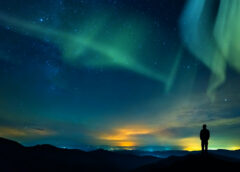
Direct hit expected from a Huge CME! A huge, long-lasting solar flare took place near the large sunspot region AR2960 on March 10, 2022. It produced an Earth-directed coronal mass ejection (CME). The estimated arrival time for charged particles from the sun is 11:35 UTC on March 13. So look out for a possible auroral…
-
Today The Earth is Closest to the Sun: Science Behind Perihelion
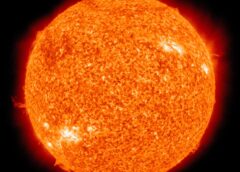
Rachael “rah-shell” TV We’ve made another trip around the sun but there’s another celestial event happening early in the new year. https://twitter.com/_RachaelTV https://tnc.network/science/
-
Seeing the Sun in a New Light
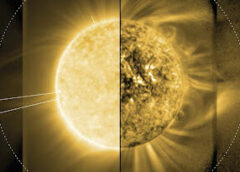
Innovative observations of the solar corona could improve space weather forecasts Using a NOAA telescope in a novel way, researchers from the Cooperative Institute for Research in Environmental Sciences (CIRES) working in NCEI captured the first-ever images of dynamics in the sun’s elusive middle corona. The observations, from the Solar Ultraviolet Imager (SUVI) on NOAA’s GOES-17 satellite,…
-
Yes, it is time for the 2021 Perseid Meteor Shower! (video)
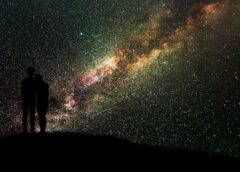
It’s August and it is time for another round of the summer favorites, the Perseid Meteor Shower. The Perseids are a prolific meteor shower associated with the comet Swift–Tuttle. The meteors are called the Perseids because the point from which they appear to hail (called the radiant) lies in the constellation Perseus. The shower is visible from mid-July each year, with the…
-
‘Ring Of Fire’ Solar Eclipse on Thursday Morning (video)
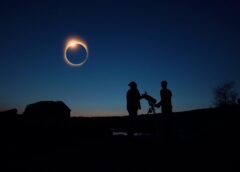
On June 10, the new moon will move in front of the sun and will become 2021’s first solar eclipse. It will not cover the sun completely because it is too far from us here on Earth to become a total eclipse. The event will produce a bright annulus, or a ring that…
-
Total Eclipse of the Supermoon on May 26 (video)
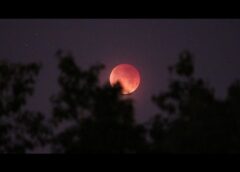
The full moon will sweep through the dark umbral shadow of the Earth on May 26, 2021, this will cause a total eclipse of the moon. The full moon is closest of 2021, it will be the closest and the brightest full moon of the year… it is called a supermoon. For those living in western…
-
Catch The Ursid Meteor Shower (video)

Here’s a celestial Christmas gift that you can enjoy, the Ursid Meteor Shower… The Ursids meteor shower begins annually around December 17 and runs for a week plus, until the 25th or 26th. This meteor shower is named for its radiant point, which is located near the star Beta Ursae Minoris in the constellation Ursa Minor. The peak will be on Winter…
-
Watch the Spectacular Geminids 2020
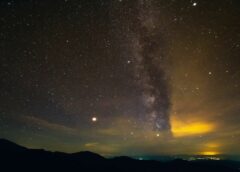
The annual Geminid meteor shower peaks on the night of December 13-14, 2020 which is Sunday evening to Monday morning. These colorful meteors tend to be bright, so on a dark night, you can easily spot 50 or more meteors per hour. The Geminids are a prolific meteor shower caused by the object 3200 Phaethon, which is thought to…
-
What’s Up: August 2020 Skywatching Tips from NASA
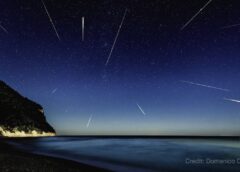
See the Moon posing with various planets throughout the month, plus catch the peak of the annual Perseid meteor shower.

